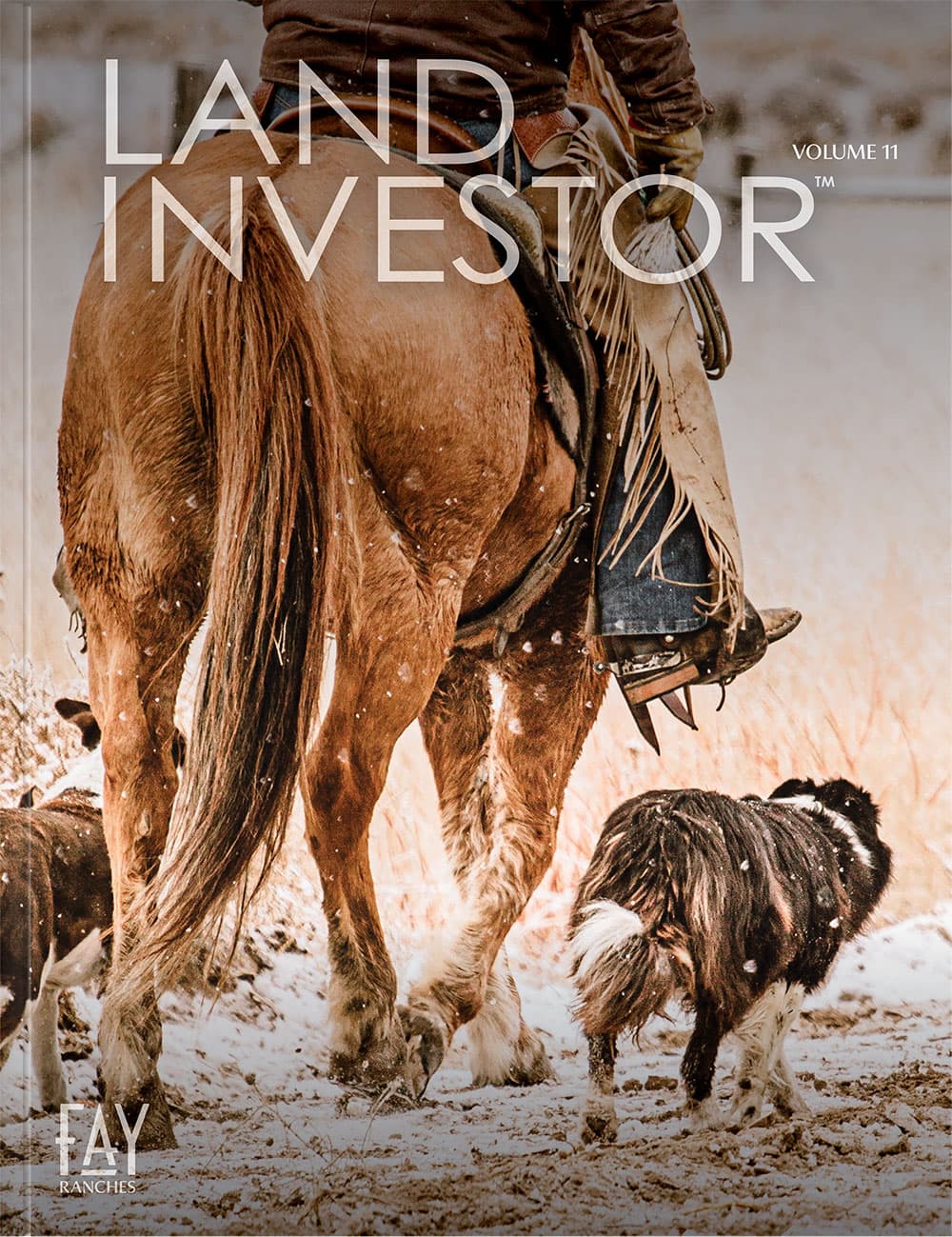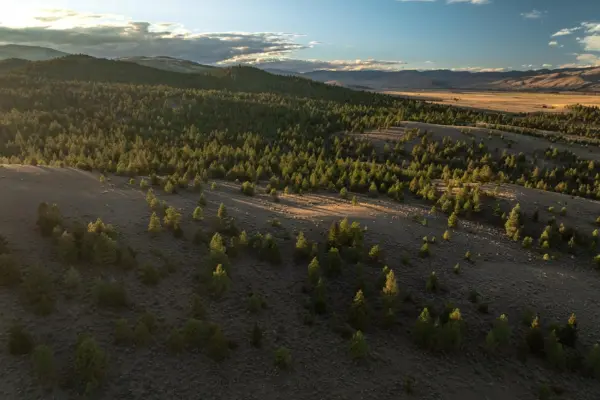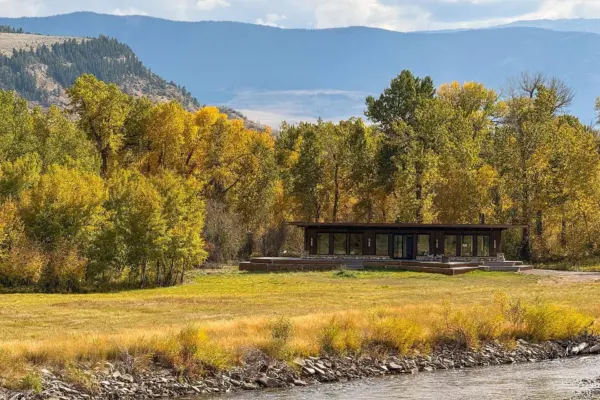In another interview, we got to hear firsthand how efforts to work with natural land can reap benefits expanding beyond the property lines of the ranch and into the community. Nestled within the picturesque Blackfoot River Valley in Montana, the Mannix Ranch stands as a testament to five generations of cattle ranching legacy. It's a place where Cole Mannix's roots run deep, and his enduring connection to the land holds profound meaning. While Cole's heart beats to the rhythm of ranching, his entrepreneurial prowess has elevated the impact of his family's ranch to new heights.
As the visionary behind Old Salt, a unique cooperative, Cole Mannix has forged an alliance encompassing the Mannix Ranch and other local ranches, sharing a harmonious ethos of balancing production with ecological well-being. While Old Salt has undeniably introduced diversification opportunities for these conscientious producers, its influence extends far beyond.
Through Cole's leadership, ventures such as meat processing, innovative dining establishments, and the annual Old Salt Festival have emerged under the Old Salt umbrella. Through these initiatives, Cole and the Old Salt Cooperative are revolutionizing the food system, generating positive ripples that resonate with thousands of direct consumers. Their commitment transcends mere commerce, creating a tapestry where sustainable practices, superior quality, and community engagement interweave to shape a more enriching culinary landscape.
"I just think all of us find that we are at our best when we are kind of serving a higher purpose. We are being of service. I think we flourish when we take a mindset like that." Mannix continues, "It is also about more than just selling meat. It is about the land, about our community. It is about whether we are employing people here. I just think these things provide for a better community."
Mannix possesses a thoughtful comprehension of community that extends far beyond the ordinary. He recognizes that conveying his sentiment of "our goal is meat with integrity" requires a tangible experience. Thus, he initiated the Old Salt Festival to bring this tenet to life.
Set against the backdrop of his ancestral Mannix Ranch, the festival stands as a captivating platform that draws individuals from Montana and beyond to converge and revel in a unique experience. Here, the allure lies in savoring wood-fired culinary delights, immersing in the melodies of Western music, indulging in the intricate world of Western art, and gaining insights into conservation efforts. All the while, the festival serves as an educational stage, providing a vivid window into the essence of ranching with unwavering integrity.
In this harmonious gathering, people forge connections, united by their shared appreciation for these facets of life. Beyond the festivities, the festival resonates as an embodiment of values—where the passion for sustainable ranching practices melds seamlessly with the celebration of culinary craftsmanship, artistic expression, and a commitment to preserving the environment. Under Cole's visionary guidance, the Mannix Ranch transforms into a nexus where diverse passions converge, fostering a deeper understanding of ranching's intrinsic connection to the land and its profound impact on the world around us.
"There are a number of well-known chefs, musicians, and artists. There is a big 40-foot fire where all the cooking takes place. There are speakers on topics such as reducing conflicts between ranches, wolves, and grizzly bears and introducing Swans to the Blackfoot Valley, and what operating ranches are doing to help maintain habitat and open spaces."












